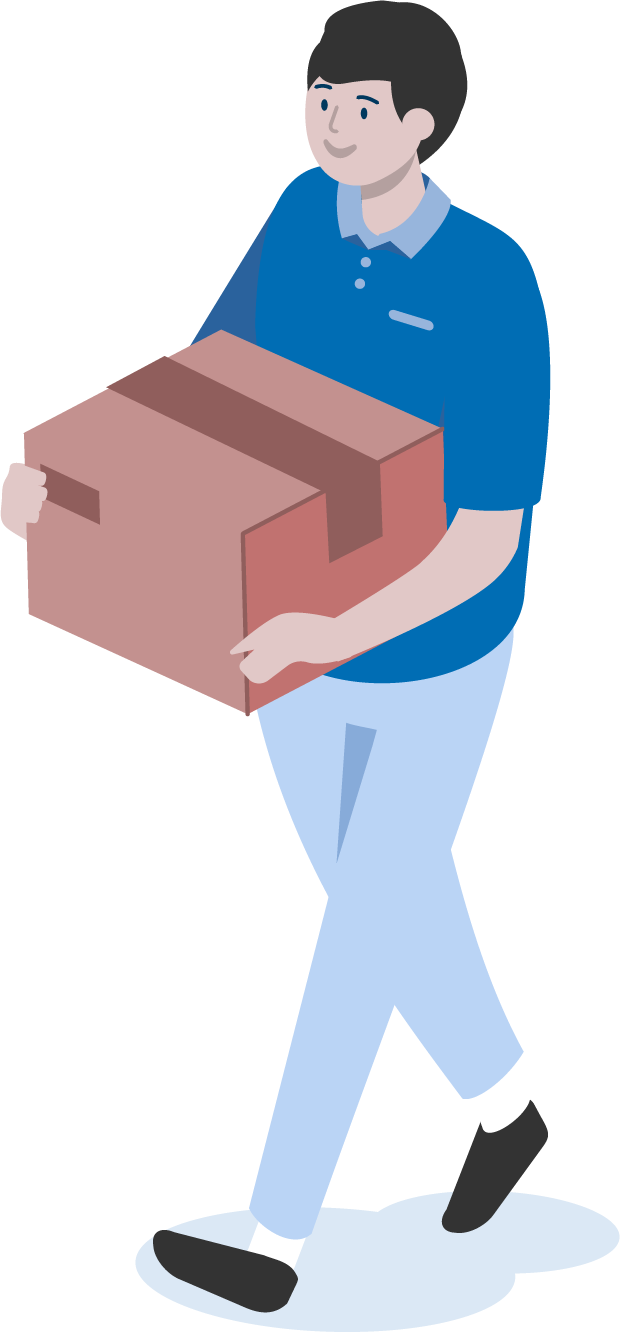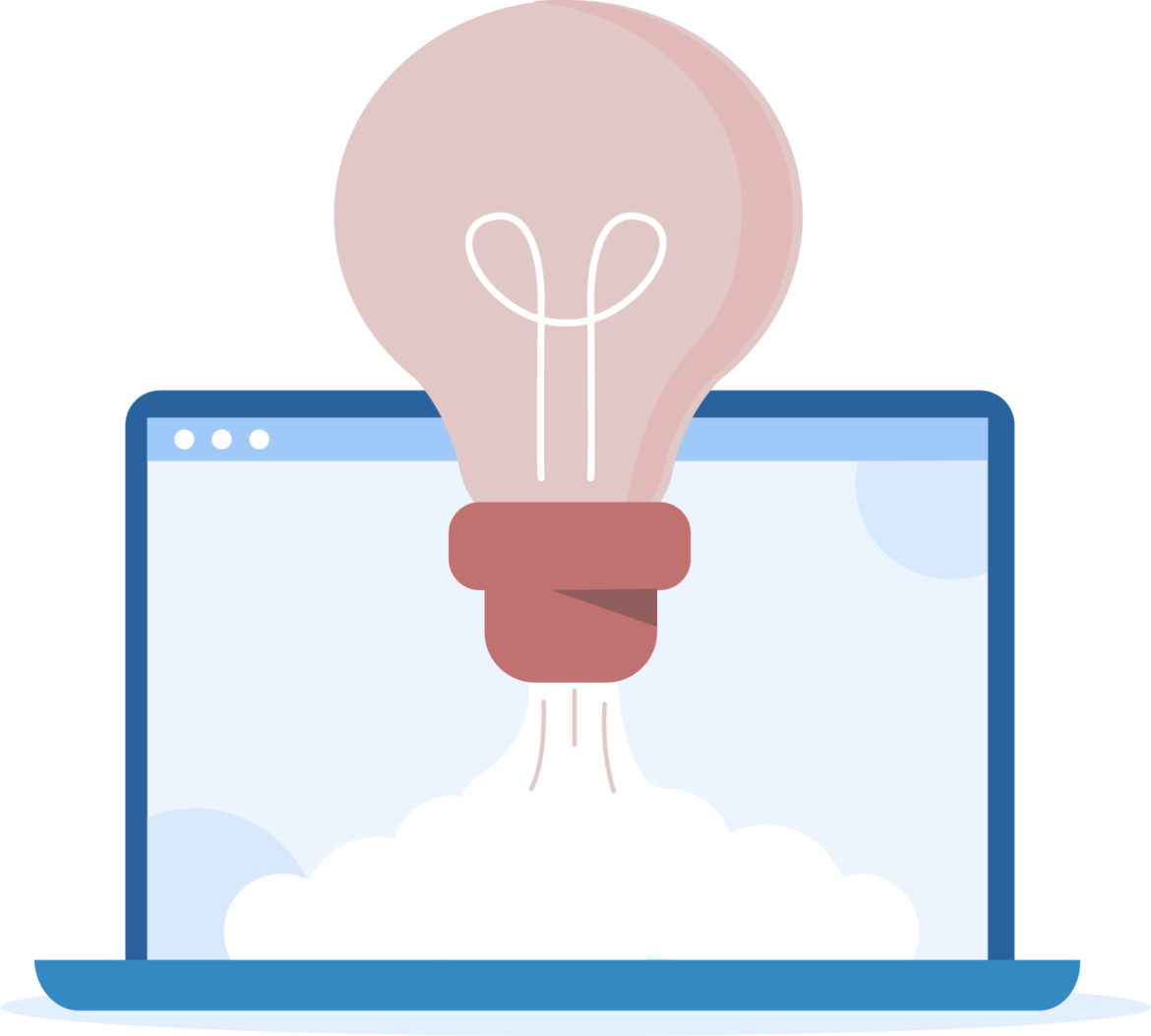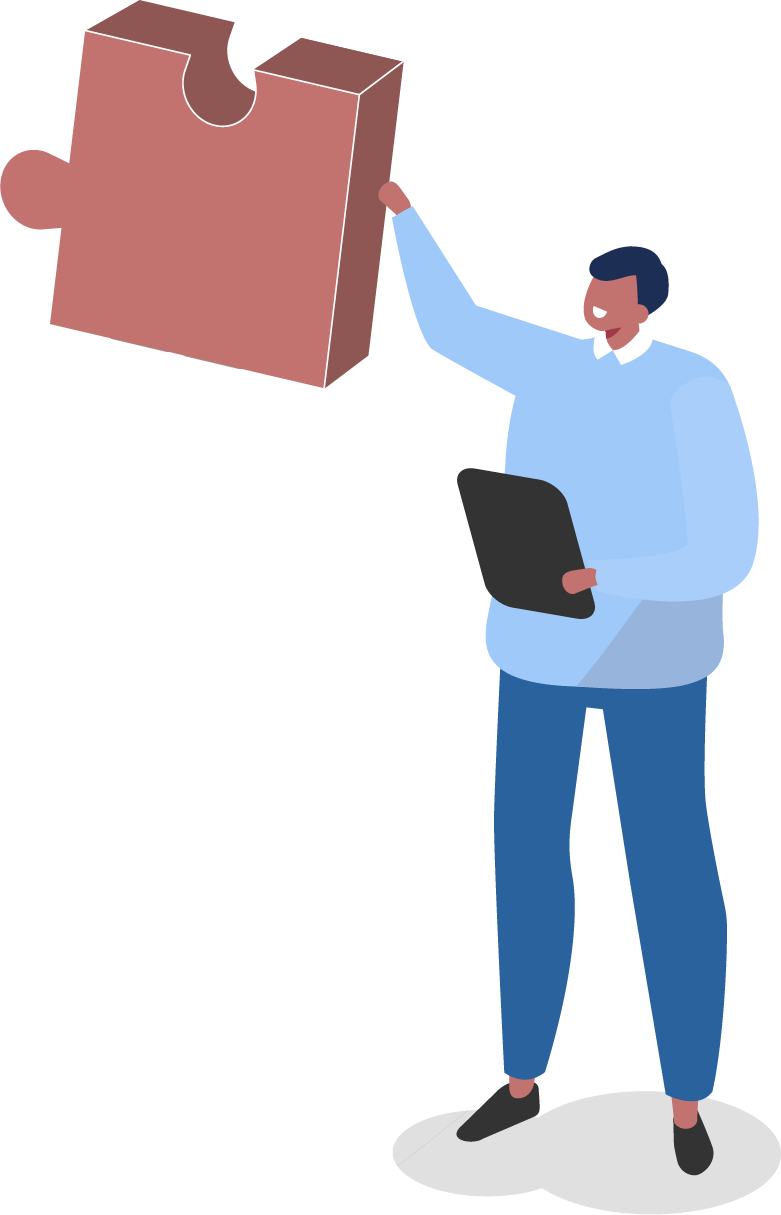How to submit your electronic artwork
If you use artwork in your journal article, you want it to appear the best quality possible. This guide will help you prepare and submit your electronic artwork files so they look exactly as they should in your final published article, and avoid unnecessary delays during the production process.
Artwork can take many forms, including figures and photographs. Our guide to the submission of electronic artwork covers file formats and appropriate resolutions as well as the use of color. It also shares best practices for placement, captions, and labeling.
The artwork submission guidelines are below, or you can download a PDF copy (with added glossary) to refer to here:
Please also see our general article layout guidelines to help you to format your manuscript so it is ready to submit to a Taylor & Francis or Routledge journal.
Ready to submit?
Make sure you have checked, understood, and incorporated everything you need into your article.
Checklist for submitting electronic artwork
Before you submit any artwork please check this list to make sure your files meet our criteria:
Files are provided in our preferred file format(s) if possible.
Artwork is the correct resolution for its style.
All images are the size intended for publication and you have removed all unnecessary elements and white spaces.
All fonts used are embedded and are standard fonts (Helvetica/Arial/Times New Roman/Symbol), and font size is consistent.
Any lines are a minimum of 0.3pt.
Images do not contain any layers or transparent objects.
File names follow the naming convention.
Artwork is provided in separate files to the main text.
Captions and figures are provided in separate files, and you have secured all rights and permissions.

Third-party material
If you want to include material in your article that is owned and held in copyright by a third party, you must obtain the necessary written permission.
Third-party material could include:
Please read our guide to using third-party material if you are including material that is not your own.
Preparing your files
Before you begin the process of submitting your electronic artwork, please make sure your files are in the correct format, as detailed below.
Fonts
Use standard fonts such as Times, Helvetica, Arial, and Symbol. All fonts should be embedded in the image files. Any fonts that are not embedded will be replaced by Courier which can result in character loss or realignment.
To embed fonts in a Microsoft Word document, simply click on File > Options > Save > Embed Fonts in the File.
Keep the font size consistent throughout your work. Do not use effects such as outlining and shadows on any lettering.

Recommended image resolutions
Color photographic images – 300dpi
Grayscale photographic images – 600dpi
Line art or monochrome images – 1200dpi
Combination images (photographs and labelling) – 600dpi
Size
Please supply image files in the highest resolution possible. Check the individual journal’s page for specific requirements, and contact us if you have any questions.
Try to avoid large file sizes and remove any elements that are not intended for publication, including any excess space around the image. Make sure that the image files do not contain any layers or transparent objects.
Read more information from Adobe on checking image resolutions.
File formats for submission to peer review
For compatibility with our peer review systems, please submit electronic artwork files in one of our preferred formats:
EPS
PS
JPEG
TIFF
Microsoft Word (DOC or DOCX only)
You can supply any supplementary materials, or files which do not need to be peer reviewed, in any of the above file formats, as well as:
SVG
AI
BMP
Microsoft Excel
Search engines cannot easily read text in image-based files such as JPEG, BMP, PNG etc. after indexing. This makes it difficult for caption-text, graphs, tables, and keywords included in a graphical abstract to be discovered online. If you are submitting artwork which includes text, please use one of the following formats:
EPS
PS
Please do not supply files in PDF format because these are ‘locked’ files and incompatible with our workflow software.
PS and EPS (PostScript and Encapsulated PostScript)
PostScript and Encapsulated PostScript should be high-resolution and all fonts should be embedded. Minimum line weight is 0.3pt for black lines on a white background. This is the recommended format for line art, combinations of photographs, and labeling.
Creating JPEG and EPS
It is possible to Save As or Export As JPEG or EPS from most graphics applications. You should export JPEGs at maximum quality.
Placement within manuscript files
You must save figures separately to text, do not embed them in the manuscript file.
Submitting your electronic artwork
If you are using ScholarOne Manuscripts or Editorial Manager to submit your manuscript, you should upload image files as separate files, along with the main text and any supporting files (such as captions).

If the preferred submission method for the journal is email, you should supply the files via a File Transfer Protocol (FTP) site such as DropBox or ZendTo, preferably compressed as a .zip file. Check your chosen journal’s instructions for authors page for information on the preferred submission method.
Color
Half-tones, scans, photographs and transparencies won’t normally be reproduced in color unless agreed by the journal editor. All images and figures will be reproduced in black and white in the printed journal, but in color in the online journal free of charge.
If it is necessary for the figures to be reproduced in color in the print version, a charge will normally apply. Charges for color figures in print are £300 per figure ($400 US Dollars; $500 Australian Dollars; €350). For more than 4 color figures, figures 5 and above will be charged at £50 per figure ($75 US Dollars; $100 Australian Dollars; €65). Depending on your location, these charges may be subject to local taxes.
Some journals offer a limited number of free color pages within the annual page allowance. Authors should restrict their use of color to situations where it is necessary on scientific, and not merely cosmetic grounds. If there is no free color allowance, authors may be given the option to pay color printing charges. Any use of color in print will be at the editor’s discretion. The journal’s instructions for authors page will confirm if there is a free color allowance or not.

Please note, if the journal publishes artwork in color online but in grayscale in print, it isn’t necessary to supply the grayscale conversion for a color image file..
Captions
File naming conventions
Please name artwork files as Figure 1, 2, 3… etc. according to the order they appear in the text. In multi-part figures, each part should be labeled [e.g. Figure 1(a), Figure 1(b)].
3D objects
Supply 3D objects to us in U3D format (this is currently the only 3D format Adobe Acrobat supports). Embed U3D files into a single blank PDF page before submitting them. Abode recommends a file size of 10MB (ideally smaller) per 3D object.
We recommend including only 1 or 2 3D objects per article to ensure faster download speeds and interactive performance.
Please also supply a flat image-only version of each object to be used for the print and HTML versions of the article.
Please note: we can only guarantee that embedded interactive images will function correctly when a user opens the PDF using Adobe Acrobat. If the reader opens the PDF directly within a web browser, such as Internet Explorer or Chrome, the interactive elements may not function correctly.
Please remember to check the individual journal’s page for specific requirements. If you need help with your artwork our highly experienced illustrators can work with a range of file formats.
Contact us if you have any questions.
FAQs on submission of electronic artwork
While some journals offer a limited number of free color pages within the annual page allowance, we advise that this is reserved for occasions when the color is necessary for scientific and not cosmetic reasons. In other cases, the author may be asked to pay for images to appear in color. However, any use of color or black and white is entirely at the editor’s discretion.
Information on color pages and charges may be found on each journal’s Instructions for Authors page.
Publishing tips, direct to your inbox
Expert tips and guidance on getting published and maximizing the impact of your research. Register now for weekly insights direct to your inbox.